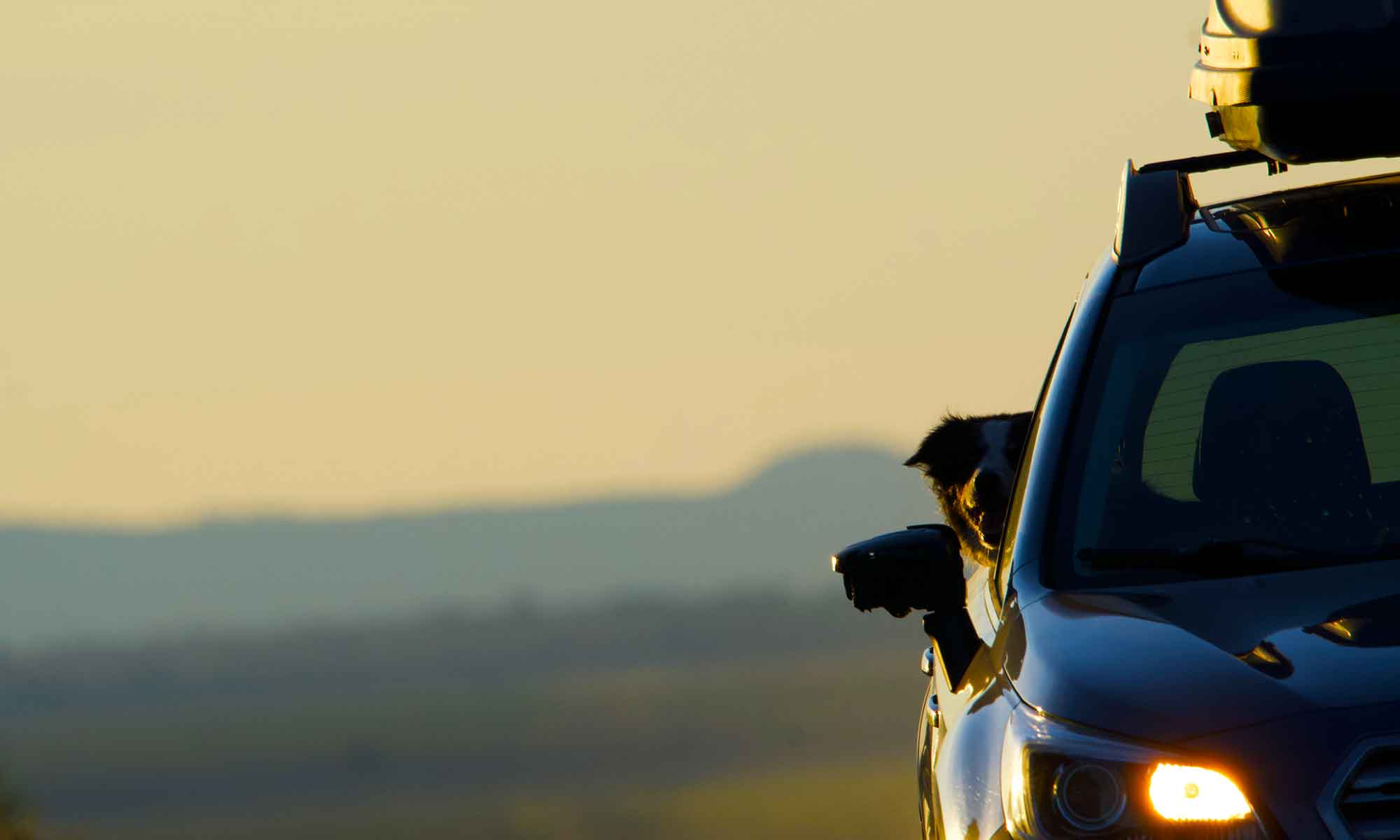 Explained in an earlier post, the expanse of land between home and western Montana is too much for a day’s drive and also a bit formidable in the blast of summer’s heat. Any route includes several hundred miles of desert driving through either Idaho or Nevada and eastern Oregon.
Explained in an earlier post, the expanse of land between home and western Montana is too much for a day’s drive and also a bit formidable in the blast of summer’s heat. Any route includes several hundred miles of desert driving through either Idaho or Nevada and eastern Oregon.
At the end of a week long tour we’d found ourselves on the western edge of Wyoming and looking at a two day drive home which would include a trip to the moon, well nearly.
 Few places on earth offer a more barren landscape than Craters of the Moon scenic monument. This expanse of lava flow, cinder cones and sage brush sits in the middle of southern Idaho. US 20 runs along the northern border so it was more or less on our way.
Few places on earth offer a more barren landscape than Craters of the Moon scenic monument. This expanse of lava flow, cinder cones and sage brush sits in the middle of southern Idaho. US 20 runs along the northern border so it was more or less on our way.
From our camp site in Wyoming’s Teton Mountains, we were half a day’s drive of the National Monument. The plan was to enjoy a visit before the heat of the day bore down on us. Then press on to the Oregon border and a hotel stay to avoid the nearly 100 degree temperature.

 There is a loop drive through the park offering lots of different angles on the unique landscape.
There is a loop drive through the park offering lots of different angles on the unique landscape.
On a cooler day we might have walked one of the trails or even stayed the night in the moonscape campground. Worth the effort as it is a strangely beautiful spot. But it doesn’t have much to offer in the way of shade from an August sun.





 A recent road trip was meant, primarily, as a shakedown for the Eurovan and us as campers. To date our “vanlife’ has been overnight fishing trips. Now, we are going to be on the road for a week or more.
A recent road trip was meant, primarily, as a shakedown for the Eurovan and us as campers. To date our “vanlife’ has been overnight fishing trips. Now, we are going to be on the road for a week or more.













 We’d picked July because the Flyfishing Federation International meeting was in Bozeman.
We’d picked July because the Flyfishing Federation International meeting was in Bozeman. Pretty much most national parks are not
Pretty much most national parks are not 









 Been there and got the hat.
Been there and got the hat.
 Macro photos give the viewer a very different prospective on the subject matter and require a different approach to taking pictures.
Macro photos give the viewer a very different prospective on the subject matter and require a different approach to taking pictures.




